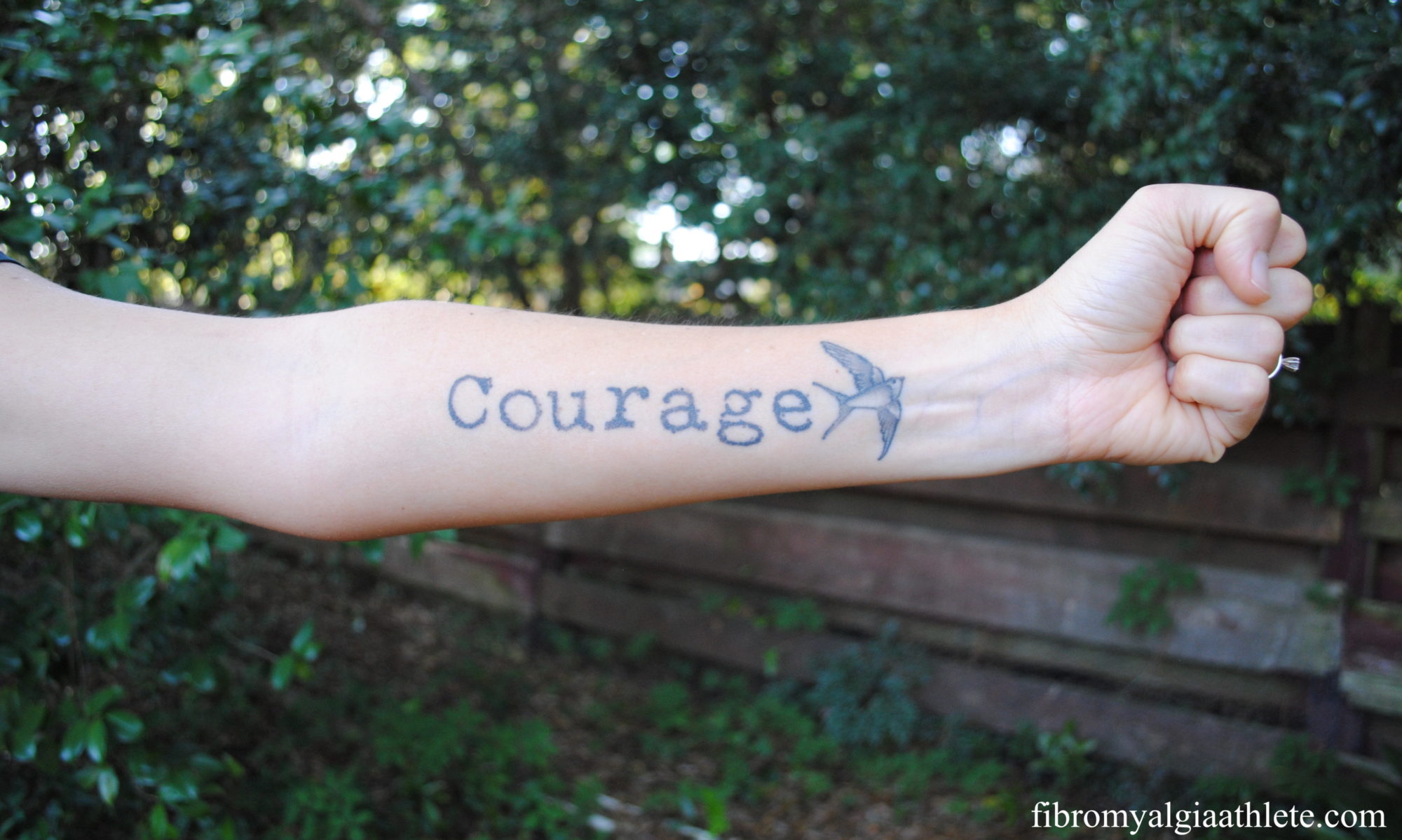
My re-acquired (or earned!) ability to squat is absolutely awesome. Many years—yes, years—of persistence, hard work, and dedication finally paid off the day I realized I could finally squat again after so much time of squat=excruciating low back pain.
Since the breakthrough day, I’ve slowly added squatting back into my workout routine. The benefits, both psychological and physical, are obvious already. I have more energy because I feel like I’ve accomplished something major. My workouts are more challenging, in a good way, because I can squat. I’m better able to strengthen my body, which helps keep my joints safe and stable. And I’m so, so excited!
My squats come with a caveat. I’m up to sixty air squats in one workout, but I have to do every single one while using my hands to hold my SI joints in place. If that sounds weird, I promise it looks weird, too, but it works for me. I dig my fingers into the divots near the joints that attach my pelvis to my spine, apply pressure, and squat without pain. I can’t go beyond parallel without sacral nerve irritation, but I can squat! I can squat!
Did I mention I can squat again? J My newfound squatting ability has injected life into my strength-training workouts. I’ve recommitted myself to doing as many resistance exercises as my body will allow, and I feel great. My posture is already improved, and I can hold my puppy with more confidence when she pulls on her leash. I’ve been doing a good core workout plus basic arm weights for quite some time, but squatting has really reminded me of how much a strong body can protect itself—even when it needs to protect itself from itself (thanks, autoimmune issues).
I can’t add weight to my squats since my hands are busy holding my SI joints in alignment, but I have faith that one day I’ll progress. Just the fact that I can do the basic movement again is a huge victory. Every time I squat, I smile. It’s a great feeling to be able to squat, and I’ve worked hard and long to earn it.
